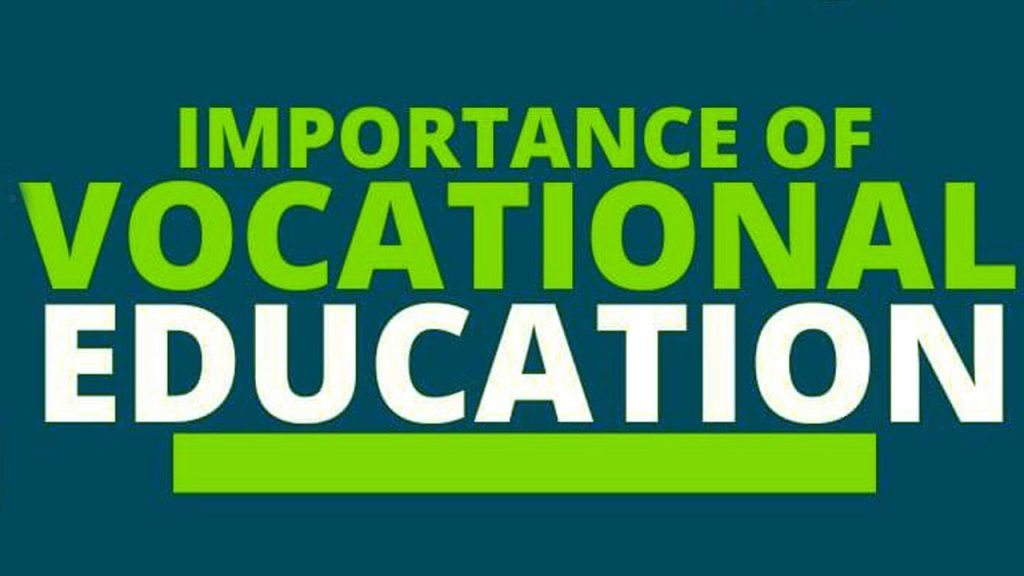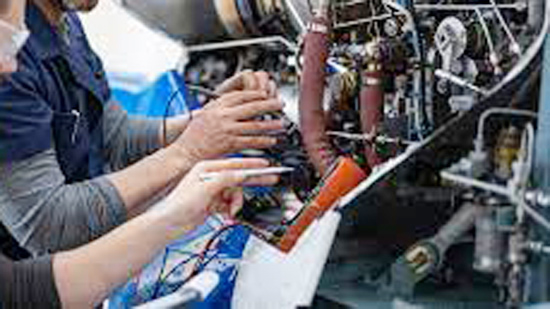Technical and vocational education plays a vital role in today’s rapidly evolving job market. As industries continue to advance, the need for skilled professionals in various trades and industries becomes increasingly essential. Technical and vocational education equips individuals with the practical skills and knowledge necessary to succeed in these industries.
It provides hands-on training, allowing students to develop expertise in specific areas, such as engineering, healthcare, information technology, and more. By bridging the gap between education and industry, technical and vocational education helps individuals secure meaningful employment and contribute to economic growth.

However, despite its significance, technical and vocational education faces several challenges that hinder its effectiveness and reach. These challenges must be addressed to ensure that individuals have access to quality education that aligns with the demands of the job market.
Challenges Faced by Technical and Vocational Education
Lack of Awareness and Perception
One of the primary challenges faced by technical and vocational education is the misconception that it is inferior to academic education. Many individuals believe that pursuing a technical or vocational career path is a second-choice option or only suitable for those who are not academically inclined. This perception often leads to a lack of interest and enrollment in technical and vocational programs.
To overcome this challenge, it is crucial to raise awareness about the value and benefits of technical and vocational education. Highlighting success stories and showcasing the diverse and rewarding career opportunities available can help change the perception and attract more individuals to these programs.
Insufficient Funding and Resources
Another significant obstacle faced by technical and vocational education institutions is the limited funding and resources available to them. Without adequate investment, these institutions struggle to provide modern equipment, qualified instructors, and updated curriculum. This lack of resources hampers the quality of education and inhibits the development of essential skills among students.
To address this challenge, governments and educational authorities should prioritize funding for technical and vocational education. Increased financial support can enable institutions to enhance their infrastructure, upgrade equipment, and attract experienced professionals as instructors. Additionally, partnerships with industries can provide additional funding and resources, ensuring that students receive the most relevant and up-to-date training.
Limited Industry Collaboration and Partnerships
Technical and vocational education should closely align with the needs of industries to provide students with the skills required for the job market. However, limited collaboration and partnerships between educational institutions and industries pose a significant challenge. Without active involvement from industries, technical and vocational education programs may not adequately prepare students for the realities of the workplace.
To overcome this challenge, it is essential to foster strong ties between educational institutions and industries. Collaboration can take the form of internships, apprenticeships, or industry-led curriculum development. By involving industry professionals in the education process, students can gain practical experience, learn from real-world scenarios, and develop skills that directly align with industry requirements.
Outdated Curriculum and Teaching Methods
Technological advancements and evolving market demands necessitate constant updates to the curriculum and teaching methods in technical and vocational education. Outdated curriculum and teaching methods can result in a mismatch between the skills students acquire and the skills demanded by employers. This gap can undermine the effectiveness of technical and vocational education, leading to difficulties in finding suitable employment.
To address this challenge, educational institutions must regularly review and update their curriculum to align with industry trends. Instructors should undergo professional development programs to stay updated with the latest technologies and teaching methodologies. Incorporating practical training, experiential learning, and industry-relevant projects can enhance the effectiveness of technical and vocational education.
Inadequate Infrastructure and Facilities
The lack of modern infrastructure and facilities is another significant challenge faced by technical and vocational education institutions. Outdated equipment, insufficient classrooms, and inadequate learning environments hinder the delivery of practical training and hands-on experiences. Without access to state-of-the-art facilities, students may struggle to acquire the necessary skills and competencies.
To overcome this challenge, institutions need to invest in infrastructure development. Upgrading facilities, providing access to modern equipment and technology, and creating conducive learning environments can significantly enhance the learning experience for students. Collaborative efforts between educational institutions and industries can help secure the necessary funding for infrastructure development.
Addressing the Challenges in Technical and Vocational Education
To ensure that technical and vocational education can meet the demands of the job market and provide individuals with the skills they need to thrive in their careers, it is crucial to address the challenges faced by this form of education.
Firstly, raising awareness about the value and benefits of technical and vocational education is essential. This can be achieved through targeted marketing campaigns, career counseling programs, and collaborations with schools and educational organizations. By showcasing the diverse career opportunities and success stories of individuals who pursued technical and vocational education, more individuals can be encouraged to consider these paths.
Secondly, governments and educational authorities must allocate sufficient funding to support technical and vocational education. Increased investment can ensure that institutions have the necessary resources, equipment, and qualified instructors to deliver quality education. Partnerships with industries can also provide additional funding and resources, enabling institutions to stay updated with the latest technologies and industry practices.
Fostering strong collaboration between technical and vocational education institutions and industries is vital. This can be achieved through partnerships, internships, apprenticeships, and industry-led curriculum development. By involving industry professionals in the education process, students can gain practical experience and develop skills that are directly applicable in the workplace.
Regular reviews and updates of the curriculum and teaching methods are also crucial to address the rapidly evolving nature of industries. Educational institutions should establish mechanisms to gather feedback from industries and incorporate their insights into the curriculum. This ensures that students are equipped with the most relevant and up-to-date skills and knowledge.
Lastly, investing in infrastructure development is necessary to create conducive learning environments for technical and vocational education. Institutions should prioritize upgrading facilities, providing modern equipment, and creating spaces that simulate real-world workplaces. Collaboration with industries can help secure the necessary funding for infrastructure development.
Conclusion
Technical and vocational education plays a vital role in preparing individuals for successful careers in various industries. This form of education faces numerous challenges, including the perception of inferiority, limited funding, outdated curriculum, and inadequate infrastructure. Addressing these challenges is crucial to ensure that technical and vocational education can meet the demands of the job market and provide individuals with the skills they need to thrive.
By raising awareness, increasing funding, fostering industry collaboration, updating curriculum and teaching methods, and investing in infrastructure, technical and vocational education can overcome these challenges. This will pave the way for a future where individuals have access to quality education that equips them with the practical skills and knowledge necessary to succeed in their chosen career paths. As industries continue to evolve, technical and vocational education will play a pivotal role in shaping the workforce of tomorrow and driving economic growth.




